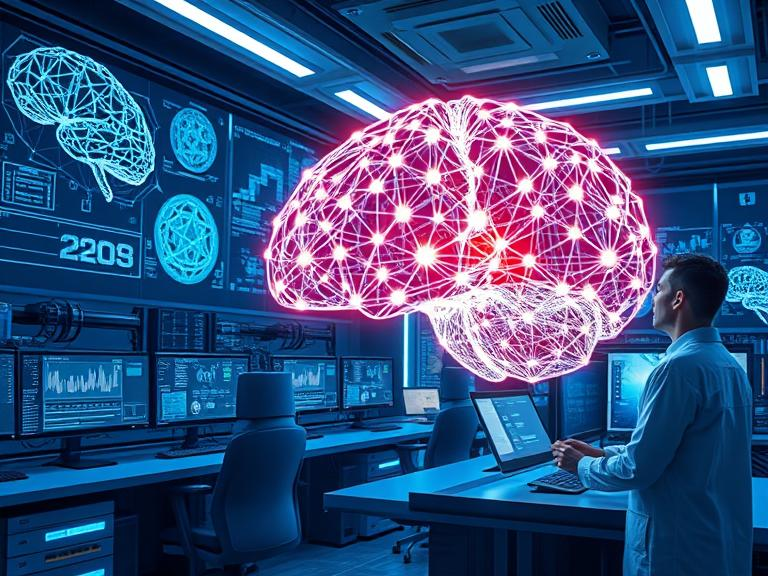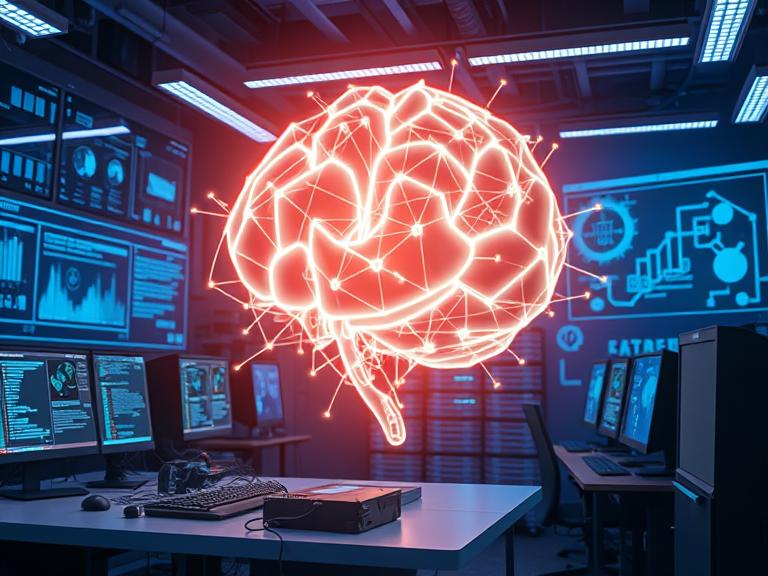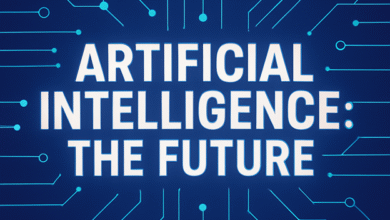What is Deep Learning, and How Does it Work?

Deep learning is a part of artificial intelligence that educates the computer to process large sums of data in a way the human brain processes. That being said, we can say that Deep learning is capable of recognizing various complex text, pictures, sounds, and other various patterns, predictions or trends from the pool of data.
Deep learning uses artificial neural networks to learn and process the required data without the intervention of humans until any scenario arises where human intervention is needed. Due to this, it can be used in various sectors to process and provide the relevant data.
Let us dive a little deeper and find out how deep learning works and what exactly deep learning is.

What is deep learning, and how does it work?
What is deep learning?
In a layman term we can say that deep learning is a subset of machine learning. As such it uses the artificial neural network to process and solve large sums of complex data without any need of human intervention.
That being said, it is safe to say that deep learning can be used to perform various functions such as image recognising, speech recognising, natural language processing, autonomous vehicles, fraud detection and many more.
How deep learning works?
In order to use deep learning in the real time for the real world, there are few scenarios that must be fulfilled for it to work efficiently. To simplify it even further, deep learning runs smoothly if the below given seven components are satisfied.
Components that need to be satisfied for an efficient deep learning are as follow:
1. Acquiring data
2. Preprocessing
3. Balancing and splitting dataset
4. Training and building the model
5. Performance evaluation
6. Hyperparameter tuning
7. Deploying our solution (Real world deployment)
Let’s discuss each category little bit for better understanding:
1. Acquiring data:
Deep learning requires a large sum of data in order to run properly, therefore it can be said that acquiring data is one of the most important step as such without it deep learning would not be able to perform efficiently.
Fortunately there are many sources through which one can retrieve the required data. To cite some, there are publicly accessible datasets, web scraping, APIs, existing data, and crowd sourced labelling.
2. Preprocessing:
As the name of the heading suggests, in this stage, all the data that have been obtained must be processed to run deep learning properly for better and efficient results.
The preprocessing stage is further divided into three more stages, which are as follows:
1. Clean the data – keeping the relevant data, updating missing data, and removing unwanted data
2. Handling of categorical texts and features – In this step, the data is encoded into an integer for smooth functioning
3. Scaling of features using standardization and normalizing approach
3. Balancing and splitting the dataset:
In this stage, the dataset is balanced and split into two datasets named validation and training. In some cases, the dataset is further separated to create a third dataset named as test set.
Once these requirements are fulfilled, the model is then allowed to train on the predefined dataset and evaluated through the validation dataset. In some cases, the third dataset or test set is provided, and it helps to set hyperparameters for the model to run well for the chosen validation set.
While splitting the dataset, the size of the split and the condition to separate the dataset are taken into consideration.
4. Training and building the framework:
Once the dataset has been properly split, the next step in the process is to select layers and loss functions. The layers are then assigned hidden unit numbers and sizes depending on the complexity of the data.
Normally, it is said to keep a few layers with 32 – 512 hidden units. The size of the hidden layers usually decreases as the model moves further. For an ideal learning rate, 0.01 is the default setting.
5. Performance evaluation:
The framework or the model performance must be evaluated on the validation set each time during the training phase. As such, it provides the necessary information about the model performance when run through the raw and unseen data.
Thus, it is quite important to select the correct metric system for better accuracy and read the imbalanced datasets, or else the results will not be as required. For instance, precision and recall can be combined properly with the F1-score metric, while on the other hand, the confusion matrix can be used to segregate data points from classified and misclassified data.
6. Hyperparameters tuning:
As the name suggests, in this step, we need to step through various parameters for the model to run properly and attain higher accuracy. The model is run through various evaluating and training procedures, during which there are different batch sizes, rates of learning, regulating techniques, and architectures.
During this phase, one must keep a close eye on the metrics and losses to identify whether or not the model is struggling. To cite some scenarios, if there is a case of unstable learning, the learning rate must be reduced, or the batch size must be increased, while on the other hand, if there is a disparity between the training and evaluation set, it means regulations are required or the size must be reduced.
Thus, it is ideal to say that the model must be run through smaller datasets and scale up towards hyperparameter gradually.
7. Deployment in the real world:
This is the last and final stage to train the model. Once we deploy the model in the real world, the network will be used by the customers and coworkers or as an internal tool for different products.
Conclusion:
Deep learning is one of the most efficient learning techniques, which provides amazing results if run properly. As such, it can provide trends and patterns or even predict the future for certain scenarios.
The above-mentioned steps are the key elements of deep learning through which it can run systematically without any error. Although a few steps can be changed depending on the requirement, the initial framework remains the same.



